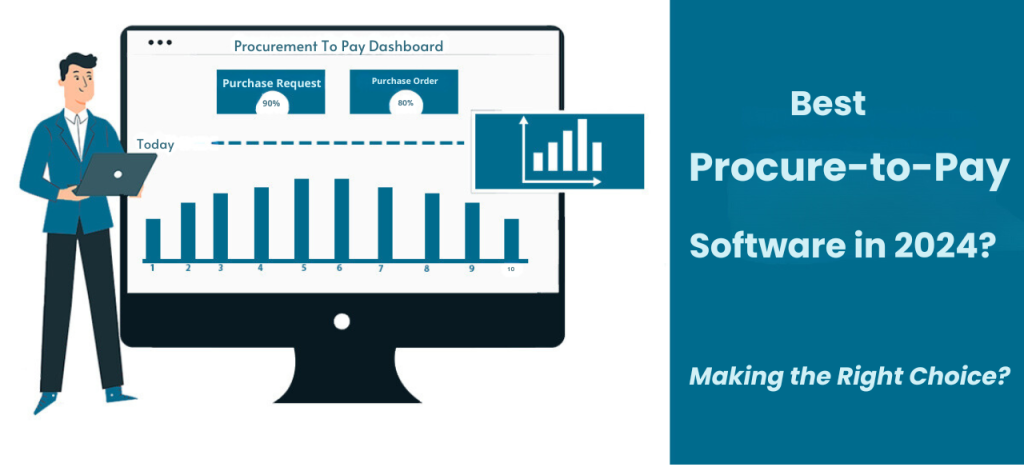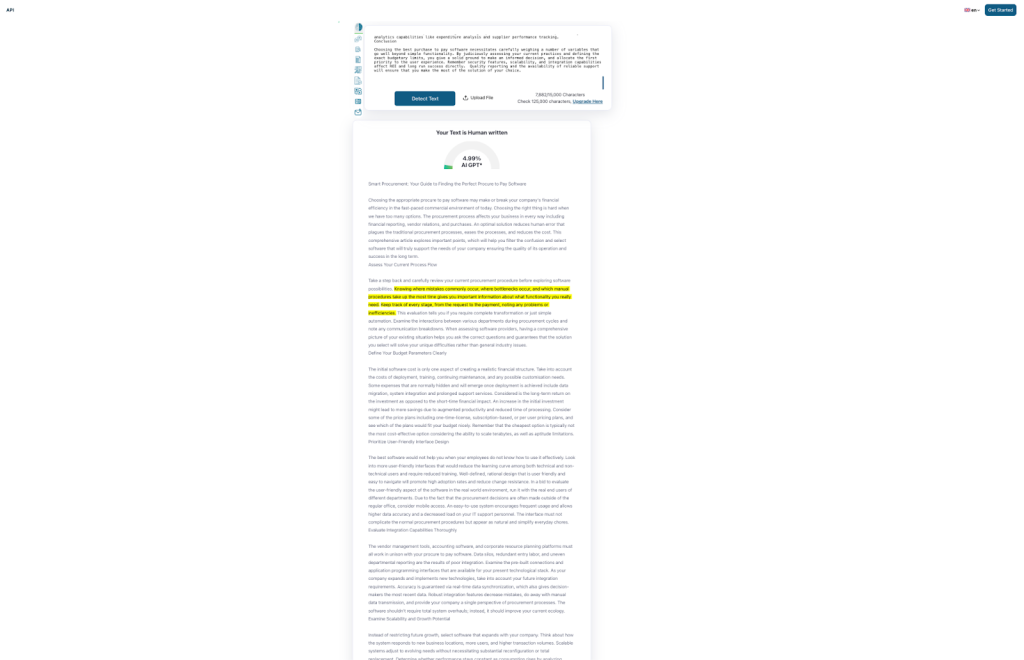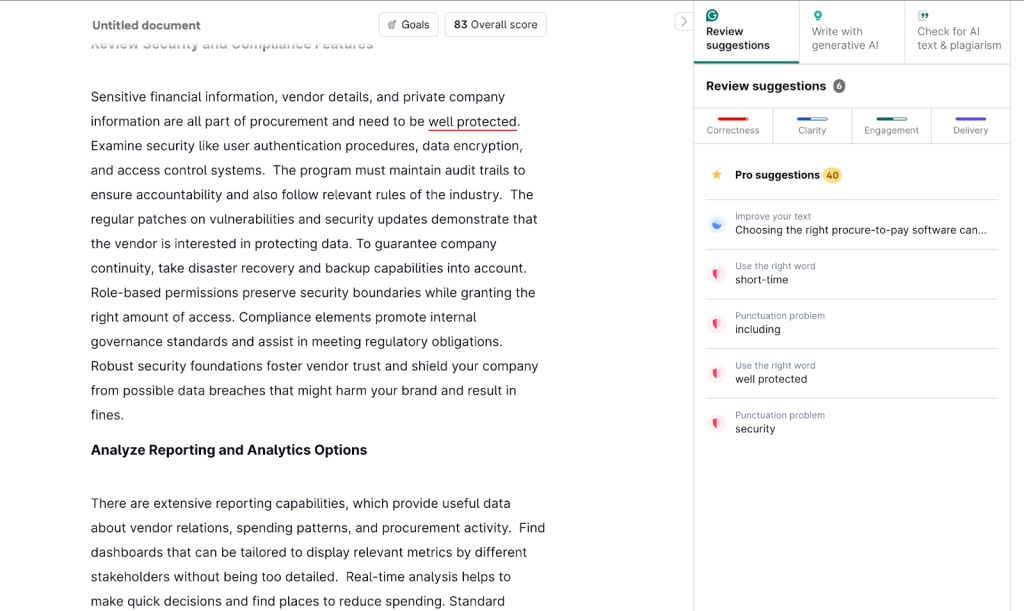
| US | 8. procure to pay software | https://www.procol.io/procure-to-pay-software/ | procol procurement platform | https://www.procol.io/en-us |
Choosing the appropriate procure to pay software may make or break your company’s financial efficiency in the fast-paced commercial environment of today. Choosing the right thing is hard when we have too many options. The procurement process affects your business in every way, including financial reporting, vendor relations, and purchases. An optimal solution reduces human error that plagues the traditional procurement processes, eases the processes, and reduces the cost. This comprehensive article explores important points, which will help you filter the confusion and select procure to pay software that will truly support the needs of your company, ensuring the quality of its operation and success in the long term.
- Assess Your Current Process Flow
Take a step back and carefully review your current procurement procedure before exploring software possibilities. Knowing where mistakes commonly occur, where bottlenecks occur, and which manual procedures take up the most time gives you important information about what functionality you really need. Keep track of every stage, from the request to the payment, noting any problems or inefficiencies. This evaluation tells you if you require complete transformation or just simple automation. Examine the interactions between various departments during procurement cycles and note any communication breakdowns. When assessing procure to pay software providers, having a comprehensive picture of your existing situation helps you ask the correct questions and guarantees that the solution you select will solve your unique difficulties rather than general industry issues.
- Define Your Budget Parameters Clearly
The initial software cost is only one aspect of creating a realistic financial structure. Take into account the costs of deployment, training, continuing maintenance, and any possible customisation needs. Some expenses that are normally hidden and will emerge once deployment is achieved include data migration, system integration, and prolonged support services. Considered is the long-term return on the investment as opposed to the short-term financial impact. An increase in the initial investment might lead to more savings due to augmented productivity and reduced time of processing. Consider some of the price plans, including one-time license, subscription-based, or per-user pricing plans, and see which of the plans would fit your budget nicely. Remember that the cheapest option is typically not the most cost-effective option, considering the ability to scale terabytes, as well as aptitude limitations.
- Prioritize User-Friendly Interface Design
The best procure to pay software would not help you when your employees do not know how to use it effectively. Look into more user-friendly interfaces that would reduce the learning curve among both technical and non-technical users and require reduced training. A well-defined, rational design that is user-friendly and easy to navigate will promote high adoption rates and reduce change resistance. In a bid to evaluate the user-friendly aspect of the software in a real-world environment, run it with the real end users of different departments. Due to the fact that the procurement decisions are often made outside of the regular office, consider mobile access. An easy-to-use system encourages frequent usage and allows higher data accuracy and a decreased load on your IT support personnel. The interface must not complicate the normal procurement procedures but appear as natural and simplify everyday chores.
- Evaluate Integration Capabilities Thoroughly
The vendor management tools, accounting software, and corporate resource planning platforms must all work in unison with your procure to pay software. Data silos, redundant entry labor, and uneven departmental reporting are the results of poor integration. Examine the pre-built connections and application programming interfaces that are available for your present technological stack. As your company expands and implements new technologies, take into account your future integration requirements. Accuracy is guaranteed via real-time data synchronization, which also gives decision-makers the most recent data. Robust integration features decrease mistakes, do away with manual data transmission, and provide your company with a single perspective of procurement processes. The software shouldn’t require total system overhauls; instead, it should improve your current ecology.
- Examine Scalability and Growth Potential
Instead of restricting future growth, select procure to pay software that expands with your company. Think about how the system responds to new business locations, more users, and higher transaction volumes. Scalable systems adjust to evolving needs without necessitating substantial reconfiguration or total replacement. Determine whether performance stays constant as consumption rises by analyzing processing speed under increased loads. Consider prospective corporate developments like mergers, acquisitions, or foreign expansion in addition to the demands of the present. When it comes to scalability, cloud-based solutions frequently outperform on-premise deployments. As your company grows, a scalable system guarantees continuity and safeguards your investment. Growth should be supported by the software without corresponding rises in cost or complexity.
- Review Security and Compliance Features
Sensitive financial information, vendor details, and private company information are all part of procurement and need to be well-protected. Examine security like user authentication procedures, data encryption, and access control systems. The program must maintain audit trails to ensure accountability and also follow relevant rules of the industry. The regular patches on vulnerabilities and security updates demonstrate that the vendor is interested in protecting data. To guarantee company continuity, take disaster recovery and backup capabilities into account. Role-based permissions preserve security boundaries while granting the right amount of access. Compliance elements promote internal governance standards and assist in meeting regulatory obligations. Robust security foundations foster vendor trust and shield your company from possible data breaches that might harm your brand and result in fines.
- Analyze Reporting and Analytics Options
There are extensive reporting capabilities, which provide useful data about vendor relations, spending patterns, and procurement activity. Find dashboards that can be tailored to display relevant metrics by different stakeholders without being too detailed. Real-time analysis helps to make quick decisions and find places to reduce spending. Standard reports should be produced by the system, but it should also enable the production of bespoke reports for particular business needs. Charts and graphs are examples of visual representations that help non-technical consumers better understand complicated data. Stakeholders are guaranteed to get frequent updates without manual involvement thanks to automated report scheduling. Strategic procurement decisions are made possible by advanced analytics capabilities like expenditure analysis and supplier performance tracking.
Conclusion
Choosing the best procure to pay software necessitates carefully weighing a number of variables that go well beyond simple functionality. By judiciously assessing your current practices and defining the exact budgetary limits, you give a solid ground to make an informed decision, and allocate the first priority to the user experience. When evaluating options like a Procol procurement platform, remember that security features, scalability, and integration capabilities affect ROI and long-term success directly. Quality reporting and the availability of reliable support will ensure that you make the most of the solution of your choice.


